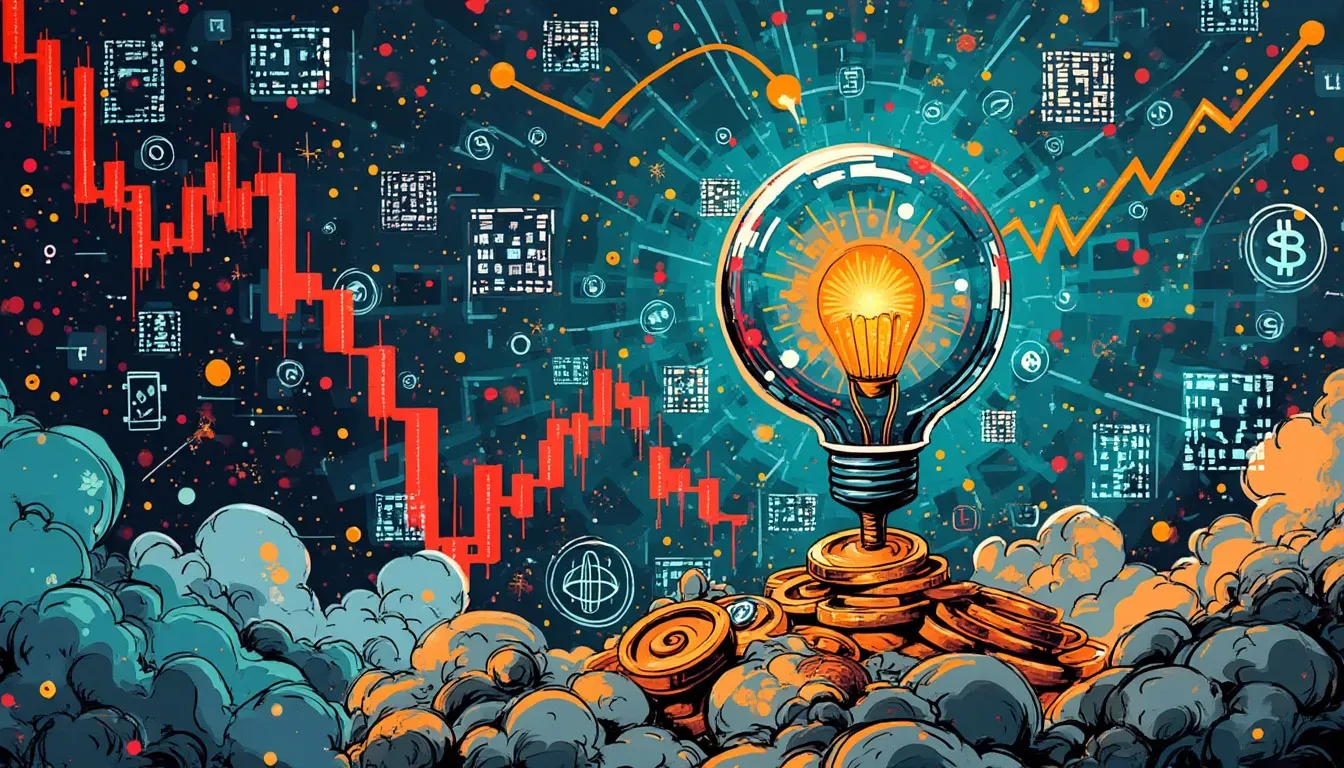The Chronicles of Market Bubbles
Howard Marks' Memo Reflection: A Twenty-Five Year Retrospective
"The reasonable man adapts himself to the world; the unreasonable one persists in trying to adapt the world to himself. Therefore, all progress depends on the unreasonable man." — George Bernard Shaw
On January 7, 2025, Howard Marks revisited a pivotal moment from twenty-five years ago when he first wrote about the burgeoning tech, internet, and e-commerce stock bubble in his memo titled "Bubble.com." The reflection on his landmark arrival at public investment discourse stands as an opportunity to explore the perennial phenomena of bubbles.
Bubbles: Then and Now
Marks notes how investment bubbles have punctuated the landscape over the past decades, characterized by irrational exuberance—a phrase popularized by Alan Greenspan. The late 90s introduced the Tech, Media, and Telecom (TMT) bubble, which starkly illustrates this irrationality vividly, followed by the housing bubble in the mid-2000s. This pattern of speculation not grounded in sound investment principles often culminates in tumultuous busts.
The Magnificent Seven
Currently, the market's attention is captured by the "Magnificent Seven"—Apple, Microsoft, Alphabet (Google's parent company), Amazon, NVIDIA, Meta (the parent of Facebook, WhatsApp, and Instagram), and Tesla—which represent over 32% of the S&P 500's market capitalization. Despite substantial gains, Marks ponders if they exemplify yet another bubble. The outsized share of these companies in the market harks back to the "Nifty Fifty" era, where investment on the top companies led to severe downturns when the market corrected.
"Markets are driven by greed and fear—when others are greedy, be fearful." (Warren Buffet)
The Nature of Bubbles
Marks underscores that a true bubble is a result of psychological extremism rather than a mere meteoric rise in prices. An insightful narrative is necessary to fuel this mania—a compelling argument convincing enough that participants venerate these stocks, ignoring any downside. In essence, it's a collective cognitive dissonance where reality takes a back seat.
Nifty Fifty Redux
Drawing parallels to the Nifty Fifty phenomenon of the 1970s, Marks examines the trajectory of these once revered giants in the market, bolstered by growth stocks. A common thread, history shows, is when the collective investor sentiment posits unending growth, it often prefaces a stark correction. The Nifty Fifty exemplifies how popular stocks can lead to excessive valuation and subsequent failure when prices adjust to reality.
Innovations' Allure and Danger
Marks elaborates on the danger inherent to relying solely on the "new new thing," a common origin for bubbles. Whether it was tulips in the 1630s Holland or enticing tech stocks in the 1990s, the narrative follows a familiar path: initial excitement, massive appreciation, and ultimately, significant evaluation errors corrected by harsh market measures.
Psychological Drivers in Economic Mania
The most tangible sign of a bubble impresses an "utter adoration" for a sector or stock. When skepticism is entirely absent and perceived wisdom refrains from questioning price, the stage is set for potential pandemonium.
Operational Lessons from Yesteryear
Marks accentuates several lessons from these occurrences: "It's not what you buy; it's what you pay that counts." The risk edges ever upwards when a stock reflects an infinite growth assumption. Such narratives, once they collapse, tend to embroil numerous adherents in significant financial pain.
Current Market Dynamics and Implications
He uses historical lenses to assess current markets, particularly the high valuations and ingrained beliefs surrounding today’s leading tech companies. Marks advises caution—emphasizing the continuous social learning with new technologies not immune to market forces shifting the competitive landscape.
Looking Forward: The Prism of History
Concluding, Marks offers no concrete prophecy about where current bubbles might burst. Instead, he suggests viewing today’s tech titans and market movements with a healthy dose of skepticism and historic awareness.
"Experience is what you got when you didn't get what you wanted."
Reflections and Redemption
By inspecting past and present, this insightful exploration of market dynamics outlines why market bubbles persist as a core study in investment strategies. The past is a viable tool for discerning genuine value from transient fantasy. Howard Marks’ reflections illuminate enduring truths about market psychology, offering guidance in navigating the alluring yet treacherous waters of high-flying investments.
For investors, Marks' reflections are invaluable. As bubbles expand and contract, echoing the rhythms of economic cycles, they highlight a critical awareness: acknowledging reality, learning from history, and practicing prudence amidst the temptations of the speculative chase.
Fostering a mindset that embraces reflection and depth over the allure of immediate profits becomes a valuable strategy for long-term success in navigating the ever-evolving marketplace.
The world of investments will continue to be defined by bubbles—these lessons serve as a reminder to remain vigilant, discerning, and above all, grounded.
YOUTUBE, MARKET PSYCHOLOGY, HOWARD MARKS, HISTORICAL ANALYSIS, MAGNIFICENT SEVEN, FINANCIAL HISTORY, INVESTMENT BUBBLES, TECH STOCKS

